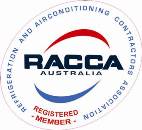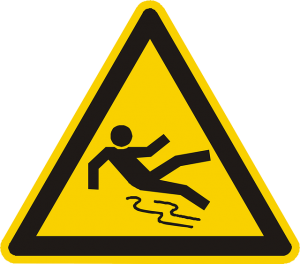AIRAH have published an article in the latest issue of HVAC&R Nation on installation pitfalls.
AIRAH interviewed two experts to get their insights–Alastair Chapman from GWA Consultants Australia and Ivan Steed from Grosvenor Engineering Group.
Chapman provided his insights on pitfalls with kitchen exhausts, fit outs, and service testing.
In regards to fan performance in kitchen exhausts, Chapman focused on the problem of an underperforming system due to poor fan connections, and recommended ensuring sufficient space is allocated or created for the installation, setting and managing client expectations in writing, carefully selecting fittings at the fan connections, and testing the sensitivity of the ductwork design and fan selection.
In regards to fit outs, Chapman focused on the problem of overlooked or inadequate modifications of connecting two or more floors as a single fire compartment in a zone pressurisation building. He recommended ensuring that existing system operations are clearly documented and the modifications are clearly scoped for all services.
In regards to service testing, a pitfall that Chapman identified was wasting time during essential tests, which happens due to inadequate planning. He recommended being prepared by having all existing documentation on hand and creating your own testing procedures.
Steed provided his insights on pitfalls when applying alternative solutions to the use of subducts, focusing specifically on fire dampers/smoke dampers installed in lieu of subducts, smoke clearance fans installed in lieu of smoke exhaust fans, and fire dampers and smoke dampers installed in a common wall.
In regards to fire dampers/smoke dampers installed in lieu of subducts, Steed recommended that motorised fire dampers with smoke trip seals to be installed with their thermal release mechanism omitted.
In regards to smoke clearance fans installed in lieu of smoke exhaust fans, Steed recommended reading the fire engineering report and discussing the rationalised design with the mechanical and/or fire consultants, to ensure that there is a full understanding of what is being installed.
In regards to fire dampers and smoke dampers installed in a common wall, Steed recommends to mechanical contractors to ensure that they are involved in the review process of the mechanical services performance solution.
The article also included three pitfalls on split systems highlighted by Daikin—enclosing the unit, multiple condensers installed together, and refrigerant piping treatment.
In regards to enclosing the unit, Daikin recommended not installing a cover on indoor units as they are designed for direct blowing, but if it must be hidden use the appropriate model.
In regards to multiple condensers installed together, Daikin recommended providing adequate distance between them to enable normal heat exchange.
In regards to refrigerant piping treatment, Daikin emphasised that crimped or damaged refrigerant pipe disturbs the normal flow of refrigerant, and recommended that the number of bends be kept to a minimum.
HVAC&R Nation’s article can be read in full here. AIRAH published a similar article last year focusing on the pitfalls of commercial air conditioning.
Image via Pixabay.




